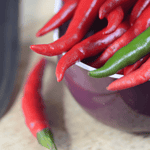Quick Answer
If you want to know how to grow balm lemon in pots (Q&A) choose a pot that is at least 12 inches wide and 12 inches deep. Fill the pot with a well-drained potting mix and water it thoroughly. Place the pot in a sunny spot.
Water the balm lemon plant when the top inch of the soil feels dry to the touch. Allow the water to drain completely before adding more. Fertilize the plant once a month with a balanced fertilizer.
To encourage blooming, pinch back the tips of the plant every few weeks. When the plant blooms, cut the flowers off and enjoy them indoors.
Harvest the lemon balm leaves when they are young and tender. You can use them fresh or dry them for later use.
Is Lemon Balm Easy to Grow
Lemon balm (Melissa officinalis) is a perennial herb in the mint family. It is native to Europe, Asia, and Africa, but it has been naturalized in many locations including North America. The plant grows to about two feet tall and has oval-shaped leaves that are green on top and white on the bottom.
The leaves have a lemon scent, which is why lemon balm is often used as a flavoring agent. In addition to its culinary uses, lemon balm has a long history of medicinal use dating back to the Middle Ages. The plant is easy to grow and can be propagated from seed or by division.
Lemon balm grows best in full sun but will tolerate partial shade. It prefers well-drained soil but is tolerant of a wide range of soil types. Lemon balm is generally a low-maintenance plant, but it can become invasive if not kept in check. To prevent this, regular pruning is necessary. Lemon balm can be propagated from seed or by division.
Seed germination can be erratic, so starting with divisions is the best way to ensure success. Division can be done in spring or fall. To divide, dig up the plant and carefully pull it apart into smaller sections. Each section should have several leaves and its own root system. Plant the divisions in prepared beds and water them well. Lemon balm can also be propagated by taking stem cuttings.
Cuttings can be taken in spring or summer. Choose a non-flowering stem and cut it into sections that are 4-6 inches long. Remove the lower leaves and insert the cuttings into prepared beds. Water the cuttings well and keep them moist until they have rooted. Once established, lemon balm is a vigorous grower. It will spread rapidly through rhizomes and can become invasive if not kept in check. To prevent this, regular pruning is necessary.
Lemon balm can be harvested at any time during the growing season. Cut the stems back to encourage new growth. The leaves can be used fresh or dried for later use. When drying, hang the stems upside down in a dark, well-ventilated area. The leaves will retain their color and flavor if they are dried quickly. Once dry, store the leaves in an airtight container. Lemon balm can be used fresh or dried in a variety of dishes. It is commonly used to flavor teas, salads, and soups.
Does Lemon Balm Come Back Every Year?
The lemon balm family is known for its Lemon-scented leaves. lemon balm is a perennial herb that can grow up to two feet tall and produces small, white flowers. The leaves of the lemon balm plant are used to make herbal teas, and the plant can also be used as a culinary herb. Lemon balm is native to Europe, but it has been naturalized in North America and can now be found growing in many parts of the United States.
The plant typically grows best in full sun to partial shade and prefers moist, well-drained soils. Lemon balm is relatively easy to care for and can be propagated by seed, division, or stem cuttings. The plant can become invasive if not kept in check, so regular pruning is necessary.
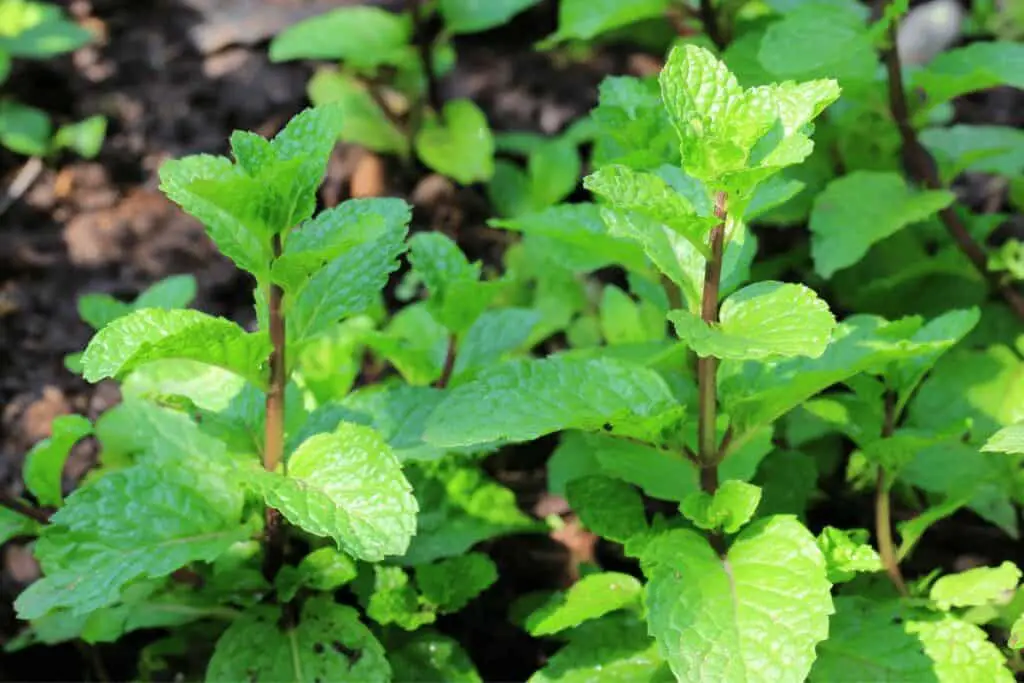
How Do You Maintain Lemon Balm?
Lemon balm grows to 2-3 feet tall and has fragrant, green leaves. The leaves can be used fresh or dried in teas, salads, and other dishes. Lemon balm prefers full sun but will tolerate partial shade. It prefers well-drained soil but is tolerant of various soil types. Lemon balm is generally a low-maintenance plant, but there are a few things you can do to ensure it stays healthy.
First, water regularly during the growing season to keep the soil moist but not soggy. Second, fertilize yearly with a general-purpose fertilizer. Third, prune regularly to prevent the plant from becoming invasive. Finally, if you live in an area where there is a risk of frost, consider planting lemon balm in a pot so you can move it indoors during the winter months.
What Are the Benefits of Lemon Balm?
Lemon balm has a number of benefits both culinary and medicinal. The leaves can be used to flavor teas, salads, and soups. Lemon balm is also used to make a variety of health-related products such as herbal teas, supplements, and topical ointments. Some of the most common benefits associated with lemon balm include its ability to relieve stress, improve sleep, and boost cognitive function. The plant is also said to have antibacterial, anti-inflammatory, and antiviral properties.
How Do You Dry Lemon Balm?
Lemon balm can be dried by hanging the stems upside down in a dark, well-ventilated area. The leaves will retain their color and flavor if they are dried quickly. Once dry, store the leaves in an airtight container.
What Is the Difference Between Lemon Balm and Lemon Verbena?
Lemon balm (Melissa officinalis) and lemon verbena (Aloysia citrodora) are two different plants that belong to different families. Lemon balm is a member of the mint family and has a lemon-scented flavor, while lemon verbena is a member of the Verbena family and has a citrusy flavor. Both plants can be used to flavor teas, but lemon balm is also commonly used in soups and salads. Lemon verbena is more commonly used in desserts and baking.
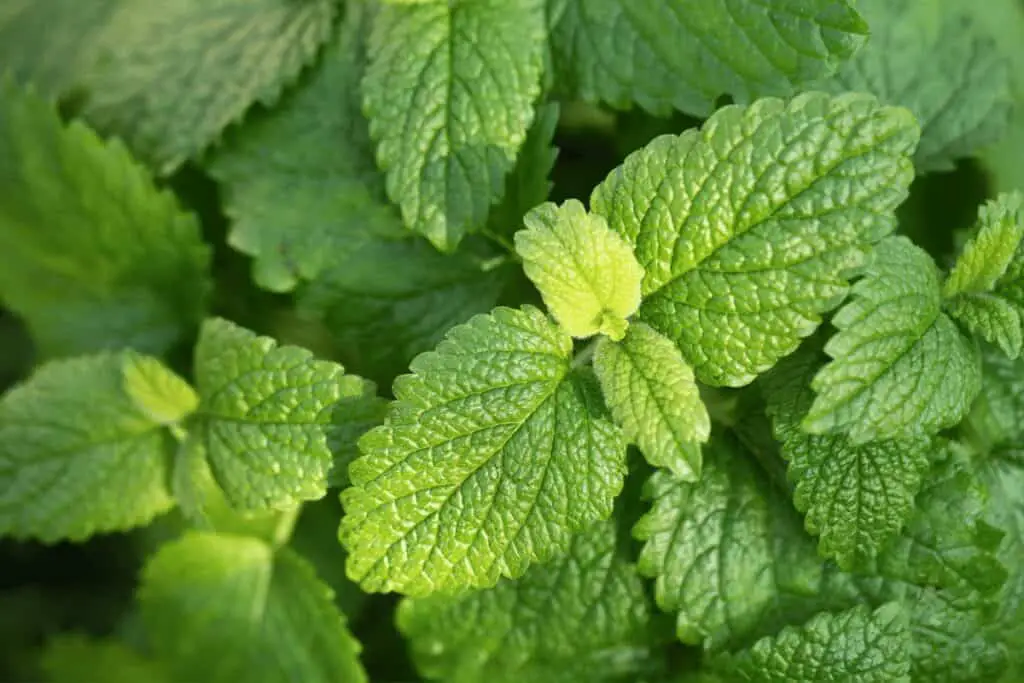
Does Lemon Balm Plant Repel Mosquitoes?
Yes, lemon balm plants can help repel mosquitoes. The plant emits a citrusy smell that mosquitoes find offensive. Lemon balm plants can be grown in pots and placed around outdoor areas to help keep mosquitoes away. In addition to its mosquito-repelling properties, lemon balm is also said to have antibacterial, anti-inflammatory, and antiviral properties.
How Do You Make Lemon Balm Tea?
Lemon balm tea can be made by steeping 1-2 teaspoons of dried lemon balm leaves in hot water for 5-10 minutes. You can also add fresh lemon balm leaves to hot water, but the tea will have a weaker flavor. If you want a stronger flavor, you can steep the leaves for a longer period of time. Lemon balm tea can be enjoyed plain or with honey, lemon, or mint.
How Long Does It Take to Grow Lemon Balm?
Lemon balm is a fast-growing plant and can reach its full size in just a few months. However, it is best to wait until the plant is at least 6 inches tall before harvesting.
How to Grow Lemon Balm Microgreens
To grow lemon balm microgreens, start by soaking the seeds in water for 12 hours. Then, drain the seeds and place them on a moist paper towel. Fold the paper towel over the seeds and place it in a plastic bag. Put the bag in a warm, dark place and check on the seeds every day. Once they have germinated, remove the paper towel and transfer the seeds to a growing tray filled with potting mix. Water the seeds regularly and thin them out once they have sprouted. Harvest the microgreens when they are 2-3 inches tall.
What Are Lemon Balm Companion Plants?
Some good companion plants for lemon balm include basil, chives, oregano, and thyme. These plants all have a similar growth habit and prefer well-drained soil. Planting them together can help to deter pests and diseases.
How Do You Propagate Lemon Balm?
Lemon balm can be propagated by seed, division, or cuttings. To propagate by seed, sow the seeds in a sterile potting mix and keep them moist. Once they have germinated, thin out the seedlings. To propagate by division, dig up a clump of lemon balm and divide it into smaller sections. Each section should have at least 3-4 roots. Replant the sections in well-drained soil and water them regularly.
To propagate by cuttings, take a 4-6 inch cutting from a healthy plant and remove the bottom leaves. Dip the cutting in rooting hormone and plant it in a pot filled with sterile potting mix. Water the cutting regularly and keep it in a warm, sunny spot. In 4-6 weeks, the cutting should have rooted and can be transplanted into a larger pot.
How Often Should You Water Lemon Balm?
Lemon balm plants prefer well-drained soil and should be watered when the top inch of soil is dry. Overwatering can lead to root rot, so be sure to allow the soil to dry out in between waterings.
What Are the Benefits of Lemon Balm?
Lemon balm is said to have numerous health benefits. Some of these include reducing anxiety, relieving indigestion, and improving sleep. The plant is also said to have antibacterial, anti-inflammatory, and antiviral properties.
How Do You Harvest Lemon Balm?
Lemon balm can be harvested anytime after the plant has reached 6 inches in height. To harvest, cut the stems just above a leaf node. Lemon balm can be used fresh or dried. If you are drying the lemon balm, hang the stems upside down in a dark, well-ventilated space.
Lemon balm is a versatile plant that can be used in many different ways. Whether you’re looking to make a refreshing tea or add some flavor to your dishes, lemon balm is a great choice. With its many health benefits and uses, lemon balm is a plant worth growing.
Managing Pests and Disease with Lemon Balm
Lemon balm is relatively resistant to pests and diseases, but there are a few that can affect the plant. These include aphids, whiteflies, and spider mites. To control these pests, you can use insecticidal soap or neem oil. If your plant is affected by a disease, it’s important to remove the diseased stems.
What Is the History and Folklore of Lemon Balm?
Lemon balm (Melissa officinalis) is a member of the mint family and has been used for centuries for its medicinal properties. The name “lemon balm” comes from the Greek word “melissa,” which means “honeybee.” This is because the plant is a favorite of bees and is often used to make honey. Lemon balm has also been used in folk medicine to treat a variety of conditions, including anxiety, indigestion, and insomnia.
How Does Lemon Balm Taste?
Lemon balm has a lemon-scented aroma and a slightly minty flavor. It can be used fresh or dried in teas, salads, and a variety of other dishes.
What Are Some Fun Facts About Lemon Balm?
Lemon balm is a perennial plant that can grow up to 2 feet tall.
Lemon balm is native to Europe and Asia but has been naturalized to North America.
The plant is a member of the mint family and has been used for centuries for its medicinal properties.
Lemon balm is a favorite of bees and is often used to make honey.
The plant can be propagated by seed, division, or cuttings.
Lemon balm plants prefer well-drained soil and should be watered when the top inch of soil is dry.
Conclusion Lemon Balm
In conclusion, the lemon balm family is known for its Lemon-scented leaves. lemon balm is a perennial herb that can grow up to two feet tall and produces small, white flowers. The leaves of the lemon balm plant are used to make herbal teas, and the plant can also be used as a culinary herb. Lemon balm is native to Europe, but it has been naturalized in North America and can now be found growing in many parts of the United States. Hope this article has answered some of your questions.
Related Posts
- How to Plant Mushroom Seeds for Maximum Germination

- How to Plant Lettuce Seeds for Maximum Germination

- How to Plant Kale Seeds: A Step-by-Step Guide to Maximum Germination Success!

- How to Plant Eggplant Seeds: A Step-by-Step Guide to Maximum Germination Success!
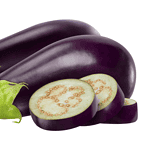
- How to Plant Cucumber Seeds for Maximum Germination
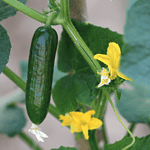
- How to Plant Chili Pepper Seeds for Maximum Germination
